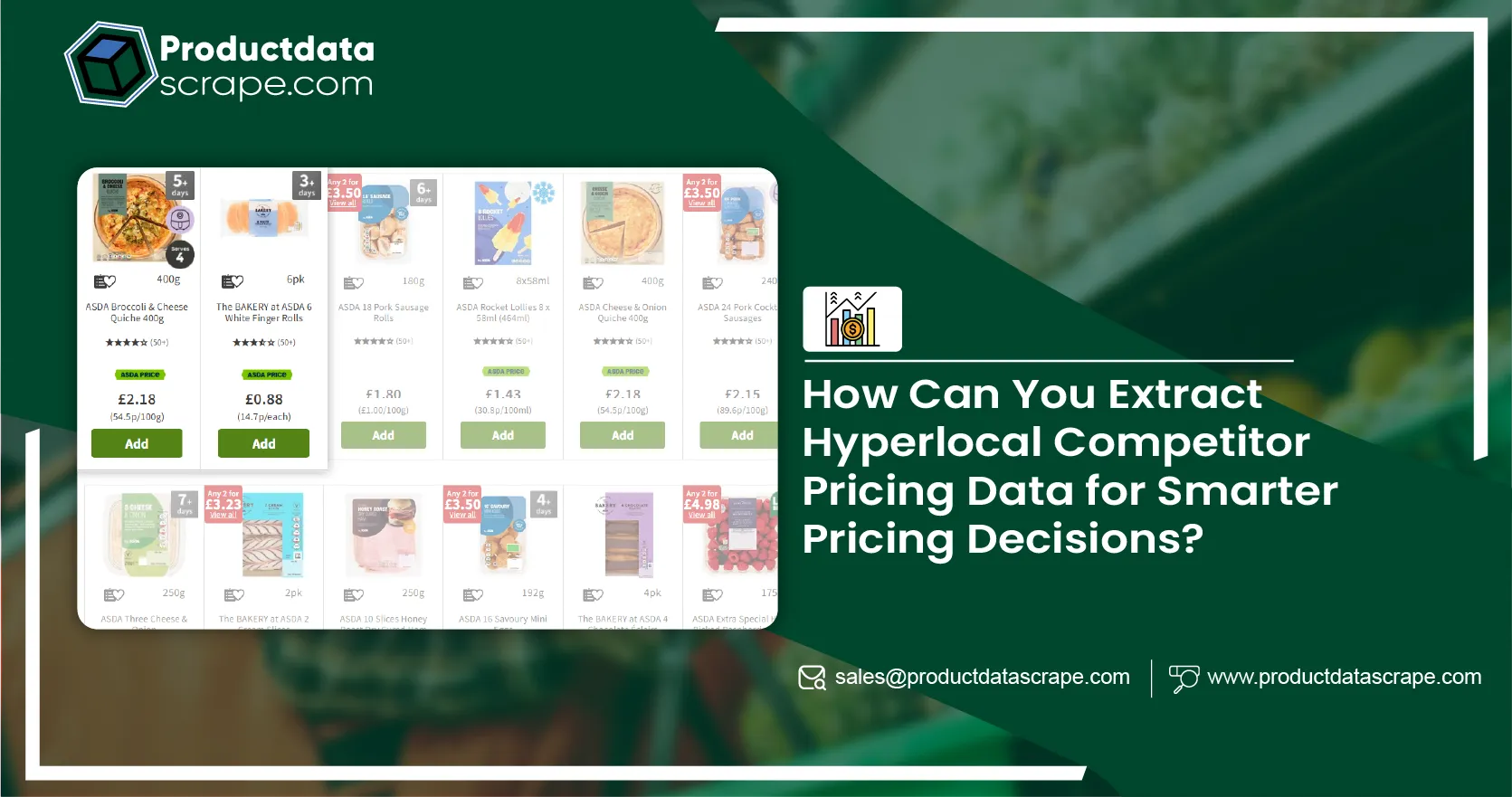
Introduction
In today's hyper-competitive retail and FMCG environments, understanding your competition isn't a luxury—it's a necessity. Brands must Extract Hyperlocal Competitor Pricing Data to stay relevant, adjust pricing strategies, and capitalize on local consumer behavior. Hyperlocal pricing insights provide granular, location-based data that enables retailers to respond dynamically to changes in local markets, particularly in the context of quick commerce, grocery delivery apps, and CPG categories.
Alternating prices across regions is no longer just a corporate strategy—it's a daily battlefield. Through Web Scraping Hyperlocal Market Data for Trade Optimization, companies can decode pricing patterns, discount cycles, and local offers deployed by competitors.
Why Hyperlocal Competitor Pricing Insights Matter?
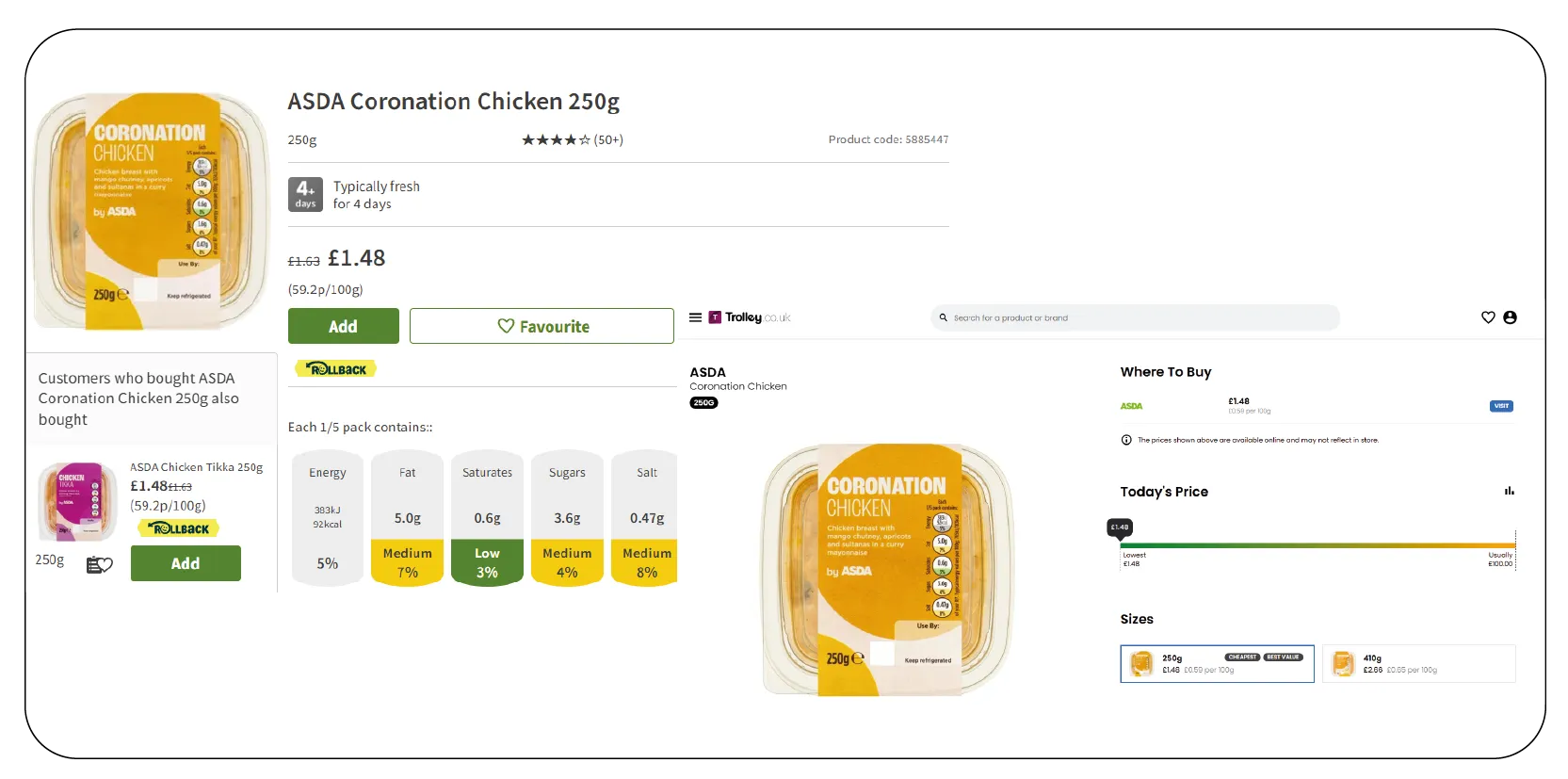
Consumer shopping behavior is evolving with real-time price comparison tools, cashback apps, and rapid delivery platforms. Pricing has become one of the top conversion drivers. Hence, organizations must Scrape Hyper-Local Pricing Data for CPG Analytics to deliver products at optimized prices that attract customers while protecting profit margins.
Hyperlocal pricing is not just about staying competitive. It's about personalized engagement. By capturing exact product price points across locations and time, brands can tailor their promotional campaigns and stock inventory accordingly and drive hyper-personalized sales strategies.
Key Benefits of Monitoring Hyperlocal Pricing Data
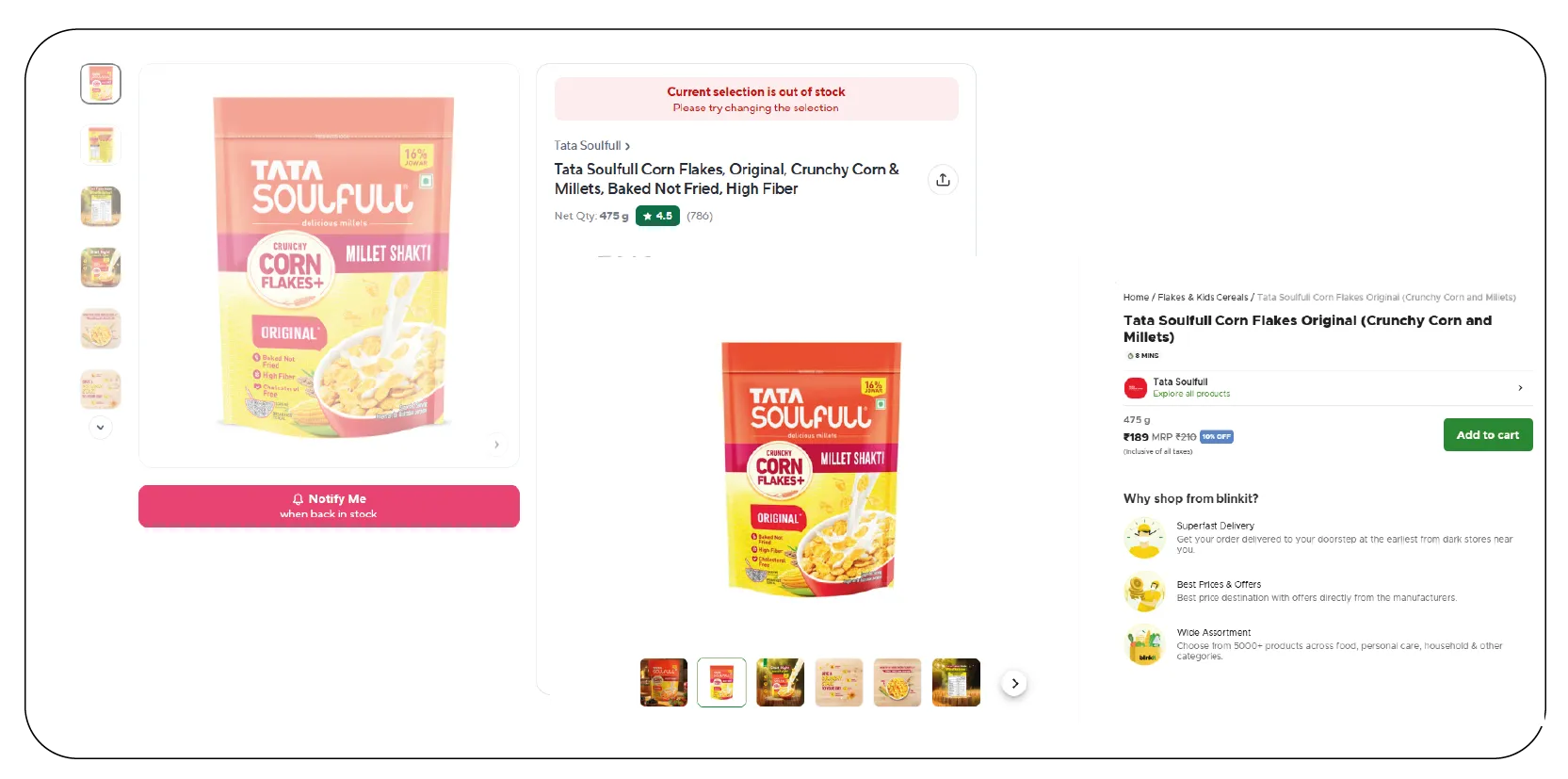
Monitoring hyperlocal pricing data offers brands a competitive edge by revealing real-time, location-specific pricing trends. It helps businesses adjust prices strategically, track local competitor moves, and optimize regional promotions. With access to this granular intelligence, companies can improve profit margins, enhance customer targeting, and make informed decisions that align with dynamic consumer behavior in hyperlocal markets.
- Competitive Benchmarking in Local Markets: Brands can't rely on national averages anymore. They must understand how competitors price products at the store or neighborhood level. Hyperlocal Competitive Data Scraping for FMCG helps businesses evaluate their positioning and tweak pricing models for maximum ROI.
- Regionalized Campaign Targeting: Running the same campaign nationwide without pricing context leads to waste. Would you know if your competitor offers a 10% discount on beverages in southern Mumbai but not in Pune? With Scraping Real-Time Hyperlocal Price Trends, you do.
- Improved Inventory Decisions: Real-time pricing fluctuations hint at a demand-supply balance. A sudden drop in competitor prices might mean stock clearance. You can read these signs using Hyperlocal Grocery Price Intelligence and optimize your procurement accordingly.
Unlock hyperlocal grocery insights today—power your pricing strategy with our advanced data scraping services!
Contact Us Today!
Applications Across Industries
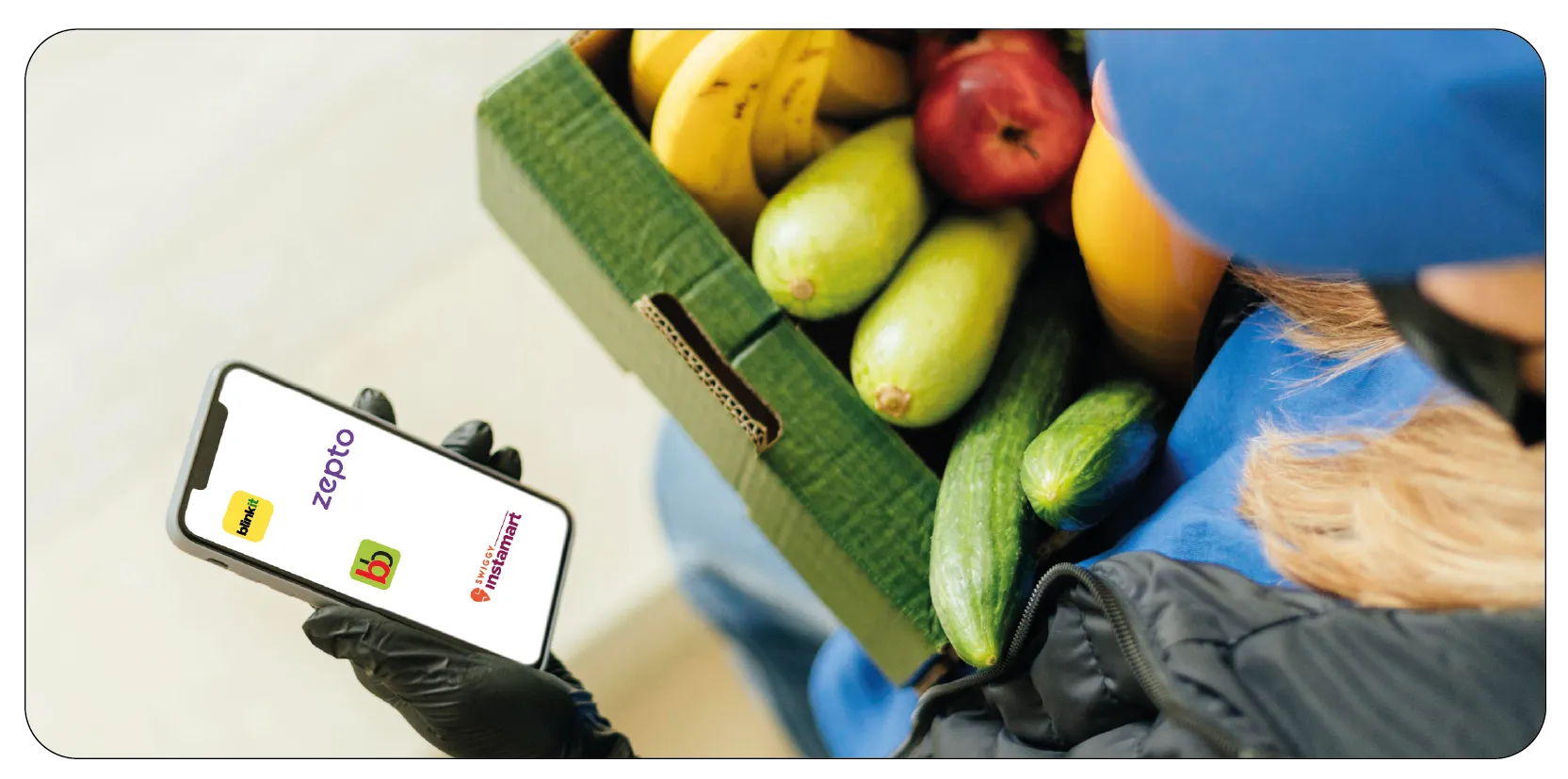
Hyperlocal insights benefit every industry segment, from grocery chains and personal care
brands to pharmacy outlets and convenience stores.
For instance, to Scrape Hyperlocal Grocery Competitor Prices, a brand needs to monitor prices
listed on delivery apps like Blinkit, Zepto, BigBasket, and Instamart. This gives businesses a clear edge in aligning pricing with evolving local market dynamics.
Similarly, understanding how fast food outlets change pricing across neighborhoods can boost decision-making for franchise-based chains and aggregators in the food delivery space.
How Real-Time Monitoring Powers Quick Commerce Strategy?
Quick commerce is booming in Tier 1 and Tier 2 cities. With delivery promised in under 10 minutes, pricing becomes a key differentiator. By integrating Grocery App Data Scraping Services , retailers can monitor price changes every few minutes and adjust accordingly.
Real-time scraping of platforms like Swiggy Instamart, Dunzo, and Zepto helps analyze competitor pricing, promotional banners, combo offers, and availability. Such data becomes gold for category managers and pricing analysts, who can use it to fine-tune their offerings.
Technology Behind Hyperlocal Price Extraction
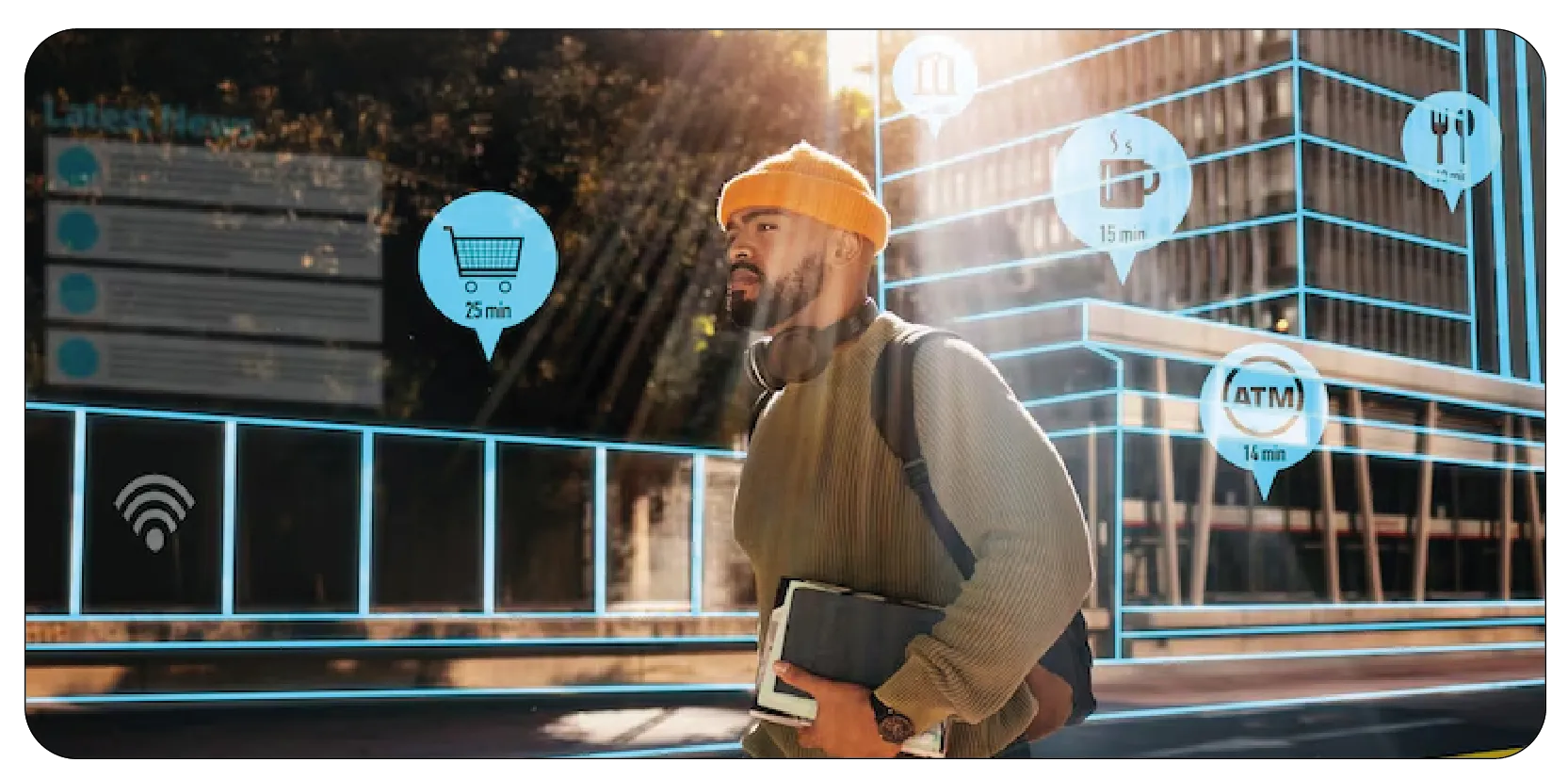
QThe backbone of real-time competitor pricing data lies in robust web scraping architecture. Tools must navigate complex websites, geo-located product listings, and dynamically loaded content. That's where Web Scraping Quick Commerce Data enters the picture.
AI-powered scraping platforms combine proxy routing, machine learning, and real-time triggers to fetch pricing at a micro-location level. Depending on their needs, brands can automate data extraction every hour or day.
Advanced APIs are crucial to fetching structured data across multiple products and zip codes. By leveraging Grocery Product Data Scraping API Services, organizations can retrieve clean, normalized, and geo-tagged pricing data at scale.
Use Cases from the Real World
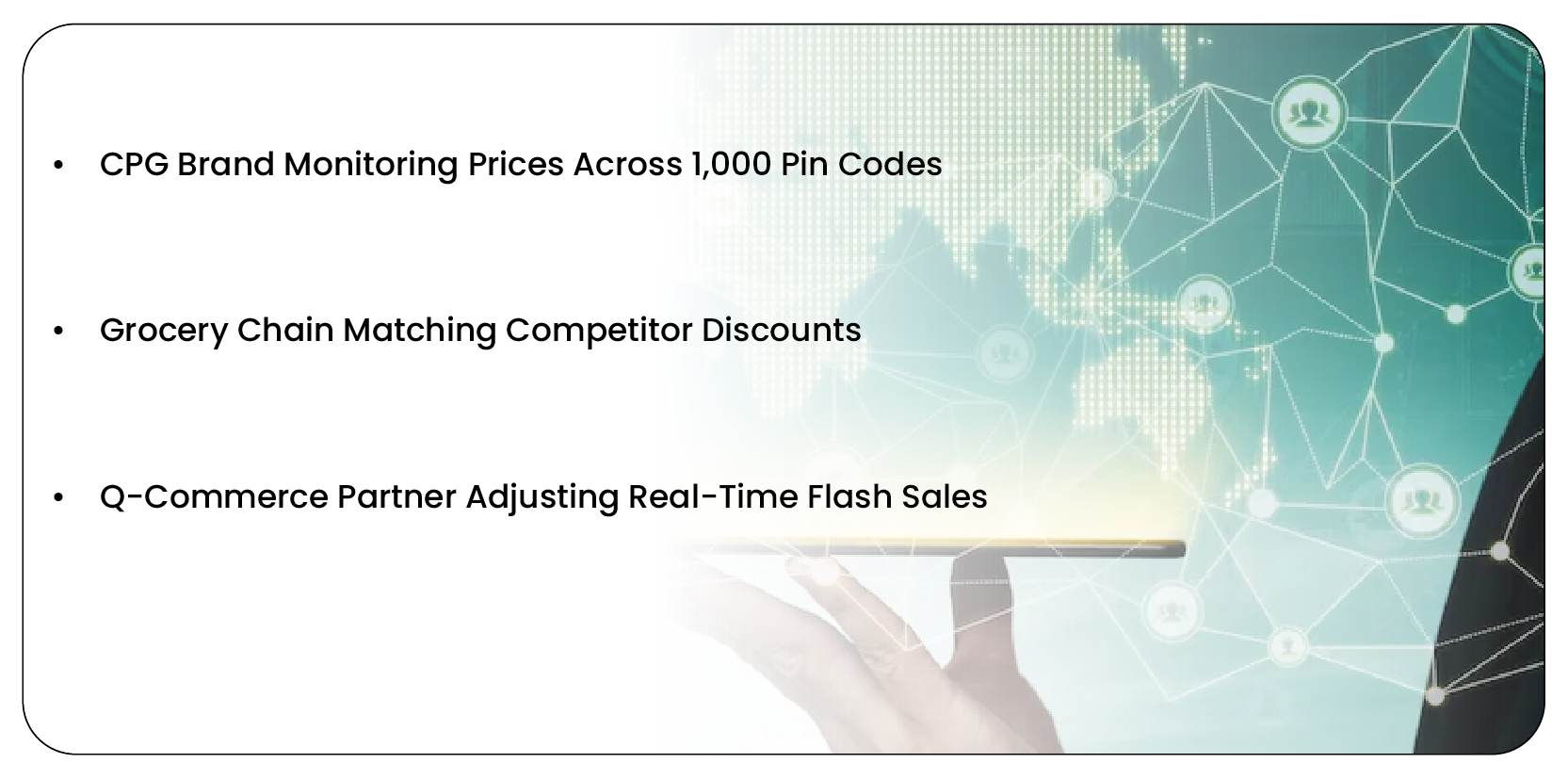
Real-world use cases highlight how brands leverage hyperlocal pricing data to stay competitive, optimize promotions, and respond to market shifts. These examples demonstrate the power of location-specific insights in driving smarter, faster, and more profitable business decisions.
- CPG Brand Monitoring Prices Across 1,000 Pin Codes: One leading FMCG brand used Hyperlocal Data Intelligence to scrape daily prices of 300+ SKUs from multiple e-grocery apps across 1,000 Indian pin codes. The brand leveraged this data to balance margins and demand elasticity in different zones.
- Grocery Chain Matching Competitor Discounts: A grocery chain deployed Grocery Store Dataset solutions to monitor discounts offered by top competitors on weekends and festive periods. This helped roll out personalized discounts in selected regions where consumer traffic was dipping.
- Q-Commerce Partner Adjusting Real-Time Flash Sales: Extract Hyperlocal Competitor Pricing Data to help a quick commerce brand tailor its flash sales every evening based on local competitor drops. This level of agility helped boost conversions by 22% in Delhi-NCR.
Leveraging Insights for Tactical Actions
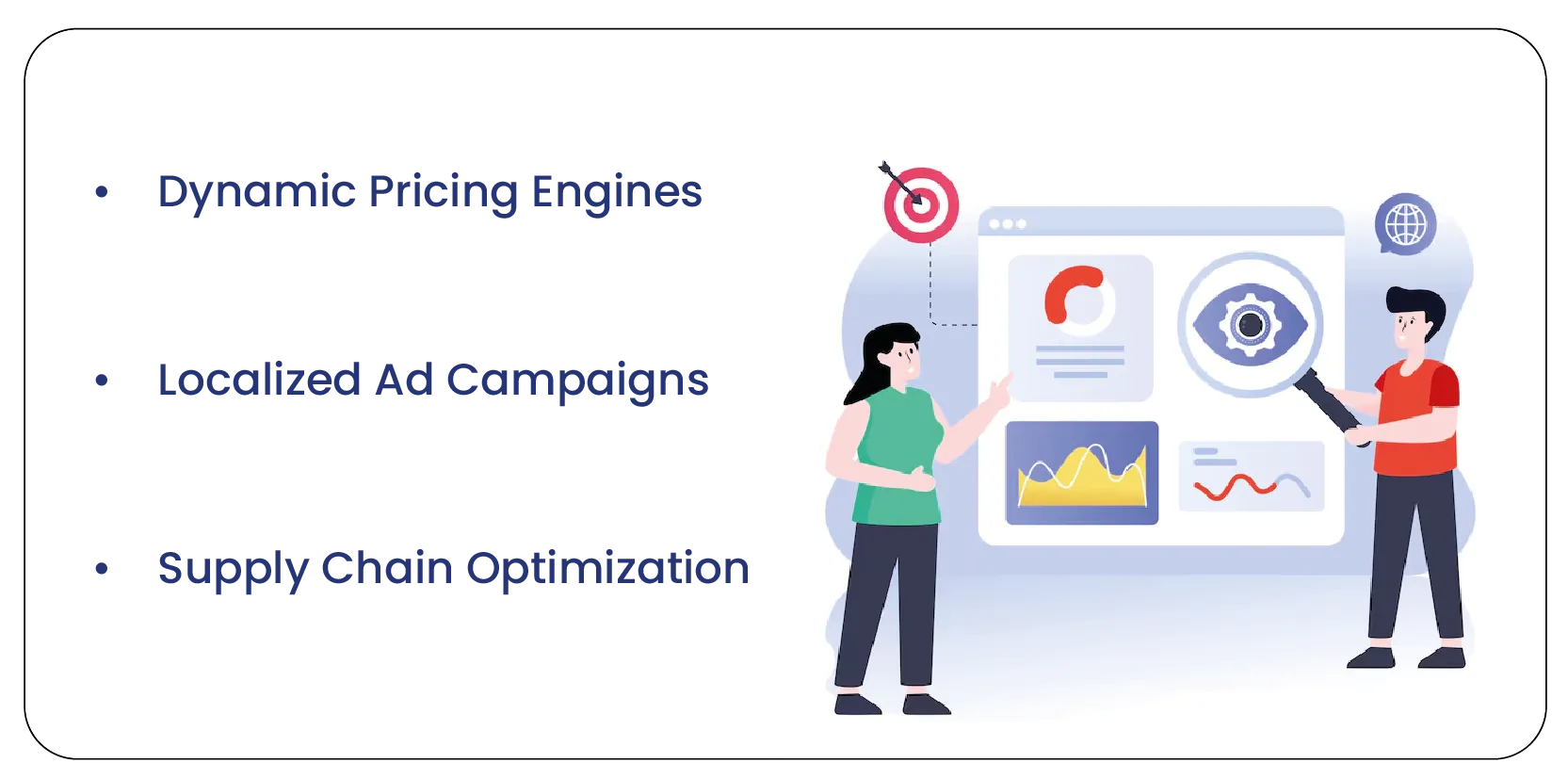
Hyperlocal pricing isn't just about data collection—it's about action.
- Dynamic Pricing Engines: Feed real-time competitor pricing into dynamic pricing software to automatically adjust product costs within thresholds.
- Localized Ad Campaigns: Use pricing gaps to target consumers with geo-specific offers.
- Supply Chain Optimization: Align regional inventory with price-sensitive SKUs and product substitutions.
By utilizing Web Scraping Hyperlocal Market Data for Trade Optimization, businesses not only observe the market but also begin to control it.
Future Trends: Predictive and AI-Powered Hyperlocal Pricing

With the growth of predictive analytics, AI is set to power the next wave of pricing intelligence. By combining historical pricing data with demand prediction, businesses will soon auto-generate pricing plans using tools to Scrape Hyper-Local Pricing Data for CPG Analytics integrated with AI layers.
Additionally, with AI-driven scrapers capable of contextual learning, companies can automatically classify products, detect seasonal price shifts, and trigger real-time alerts for unusual pricing changes.
Compliance, Ethics, and Best Practices

While the potential of Hyperlocal Competitive Data Scraping for FMCG is immense, businesses must also pay attention to legal and ethical boundaries. Data collected must be publicly available, and platforms' terms of service should be considered to avoid legal exposure.
Using reputable scraping platforms that offer compliance-first data delivery through tools ensures smooth operation without violating platform restrictions.
How Product Data Scrape Can Help You?
1. Real-Time Competitor Price Monitoring: Our Grocery Data Scraping Services allow you to track competitor prices across various grocery platforms in real time, empowering your pricing team to stay competitive and optimize margins dynamically.
2. Hyperlocal Market Intelligence: We extract data at the pin code or neighborhood level, helping you understand local pricing trends, availability, discounts, and delivery patterns—crucial for localized strategy and promotions.
3. Comprehensive Product Data Collection: Get access to structured product datasets, including names, prices, discounts, stock status, ratings, categories, and delivery times from leading platforms like BigBasket, Zepto, Blinkit, and Instamart.
4. Data-Driven Inventory and Supply Planning: Use our insights to match stock with demand, avoid overstocking or understocking, and prioritize high-movement SKUs based on local and national trends.
5. Custom Dashboards and API Integration: Our services include dashboard reporting and seamless API feeds, which make it easy to integrate extracted data into your internal systems, analytics tools, or pricing engines for real-time decision-making.
Final Thoughts
In a world where every second and every price point matters, brands can't afford to fly blind. They must Extract Hyperlocal Competitor Pricing Data to navigate the ever-changing terrain of digital commerce. Hyperlocal intelligence is not merely about keeping up—it's about getting ahead.
Whether it's identifying gaps in competitor pricing, running smarter promotions, or adjusting your inventory strategies, Hyperlocal Grocery Price Intelligence is the compass every modern retail strategist needs.
By embracing Grocery App Data Scraping Services, companies gain the strategic visibility necessary to win the localized pricing war.
At Product Data Scrape, we strongly emphasize
ethical practices across all our services,
including Competitor Price Monitoring and
Mobile App Data Scraping. Our commitment to
transparency and integrity is at the heart of everything we do. With a global presence and a
focus on personalized solutions, we aim to exceed client expectations and drive success in
data
analytics. Our dedication to ethical principles ensures that our operations are both
responsible
and effective.










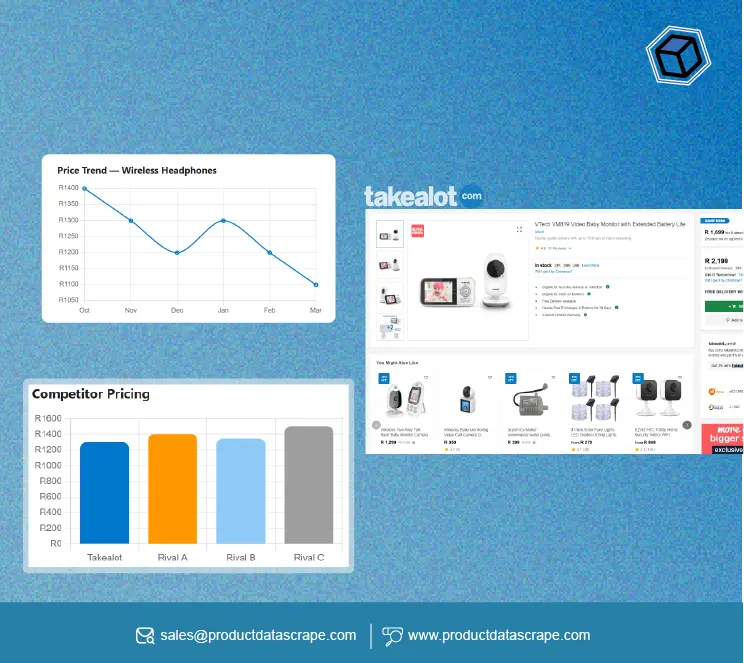



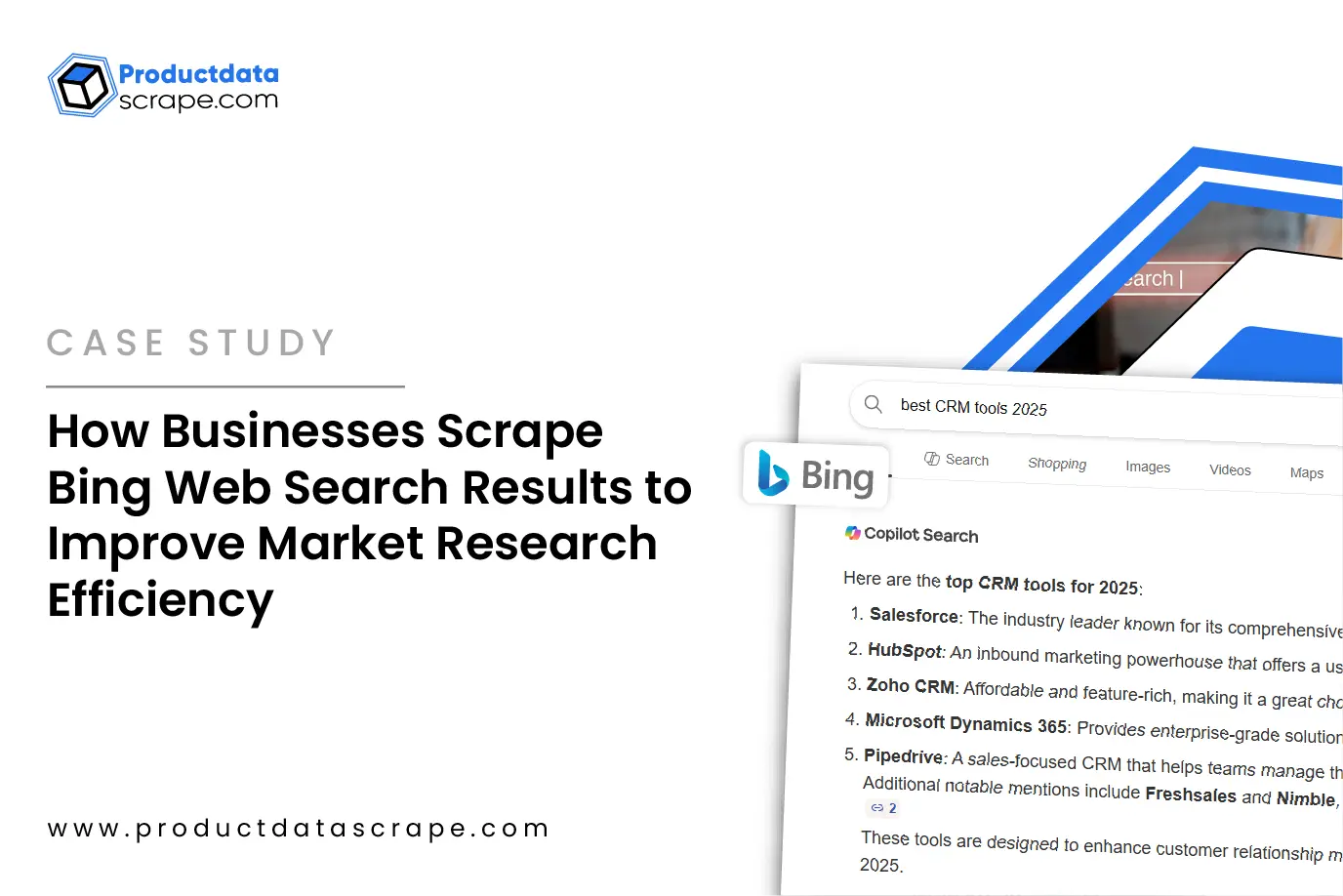










.webp)
-01.webp)
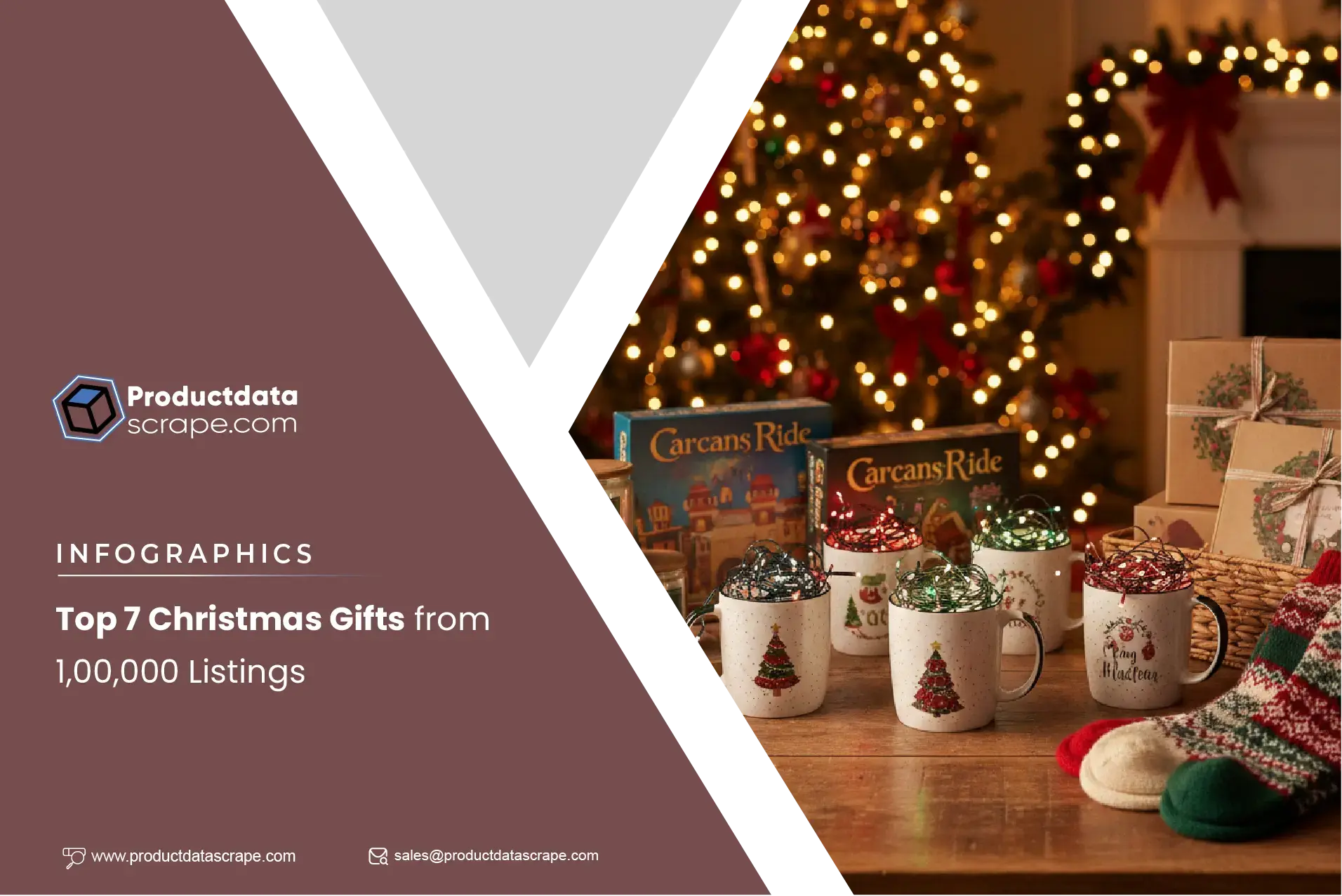
.webp)
